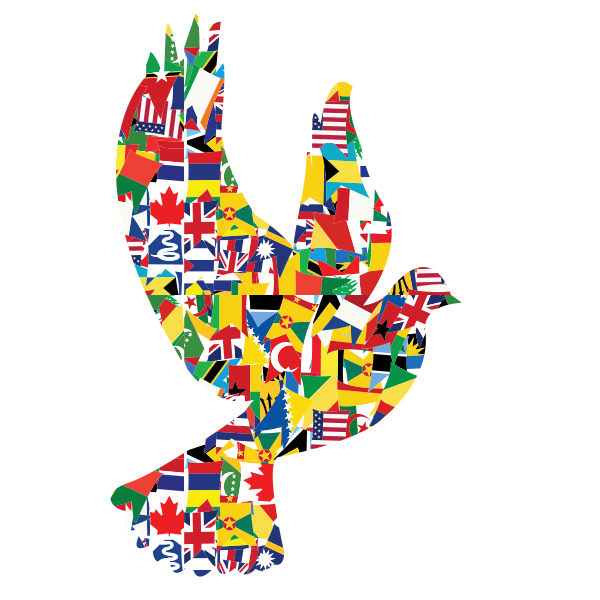We are able to reach into the world as never before. Sitting in front of our laptops, we communicate with strangers in other countries. With our cell phone along on vacation, we can take a friend back home on a virtual walking tour of a famous historical site. We can enroll in a distance learning class taught by a professor 3,000 miles away. We pay bills, invest money, apply for a job, do comparative shopping, download an article, or schedule a trip without leaving home.
At the same time, the world reaches us as never before. Those whom we authorize and those with the know-how can scan our credit reports, health records, and financial statements. The blips in foreign and domestic markets are reflected in our 401(k)s. So are the decisions of multinational corporations and idiosyncratic billionaires. Unwanted e-mail and viruses cripple our productivity. We receive telemarketing calls at dinner. And we find out faster, and more graphically, than ever about the latest terrorist acts and natural disasters that rock our increasingly fragile world.
It's a small world, a big world, and a very fast-moving world.
In a book that examines this new order, The Lexus and the Olive Tree (1999), Pulitzer Prize-winning author Thomas Friedman calls globalization “the one big thing” that shapes the world today. He defines globalization as the integration of capital, technology, and information across national borders, a faceless system searching for profit and innovation.
The Lexus in his title is the robot-built, luxury car over which half the world lusts, and the olive tree is the gnarled bit of nature over which the other half is fighting. Humans often simultaneously desire both the latest technological advances and the most time-honored treasures. And—as it sometimes happens, unwittingly or not—they want these possessions for themselves whether or not other people's desires are trampled. The result can leave some people realizing unfathomed potential whereas others are uprooted and brutalized.
Globalization is everything and its opposite. It can be incredibly empowering and incredibly coercive. . . . It leaves you behind faster and faster, and catches up to you faster and faster. While it is homogenizing cultures, it is also enabling people to share their unique individuality farther and wider. It makes us want to chase after the Lexus more intensely than ever and cling to our olive trees more tightly than ever. (Friedman, p. 331)
A proponent of globalization, Friedman is aware of its challenges, and his book is a plea for a healthy balance between “preserving a sense of identity, home, and community and doing what it takes to survive within the globalization system” (p. 35).
This issue of Educational Leadership probes the questions: What do we teach students about the world? What are the best ways to teach about other cultures? Do we teach broadly, or look deep into selected topics? Can we teach both patriotism and international understanding? While instilling the competitive know-how that will enable students to build a better Lexus, is it possible to also teach them an enduring respect for their own and other people's olive trees?
Although our authors do not agree about what to teach and how, all of them stress the necessity of gaining more knowledge about the world, past and present. Many of us in the United States act as if we are isolated from international concerns in spite of our identity as a nation of immigrants. What students the world over need is what Friedman says all cultures need:the ability of a culture, when it encounters other strong cultures, to absorb influences that naturally fit into and can enrich that culture, to resist those things that are truly alien and to compartmentalize those things that, while different, can nevertheless be enjoyed and celebrated as different. (p. 236)
Education and vigilance are key to balancing the Lexus with the olive tree—and the only way the future generation will comprehend and build a safety net for “the one big thing” in our world today.



